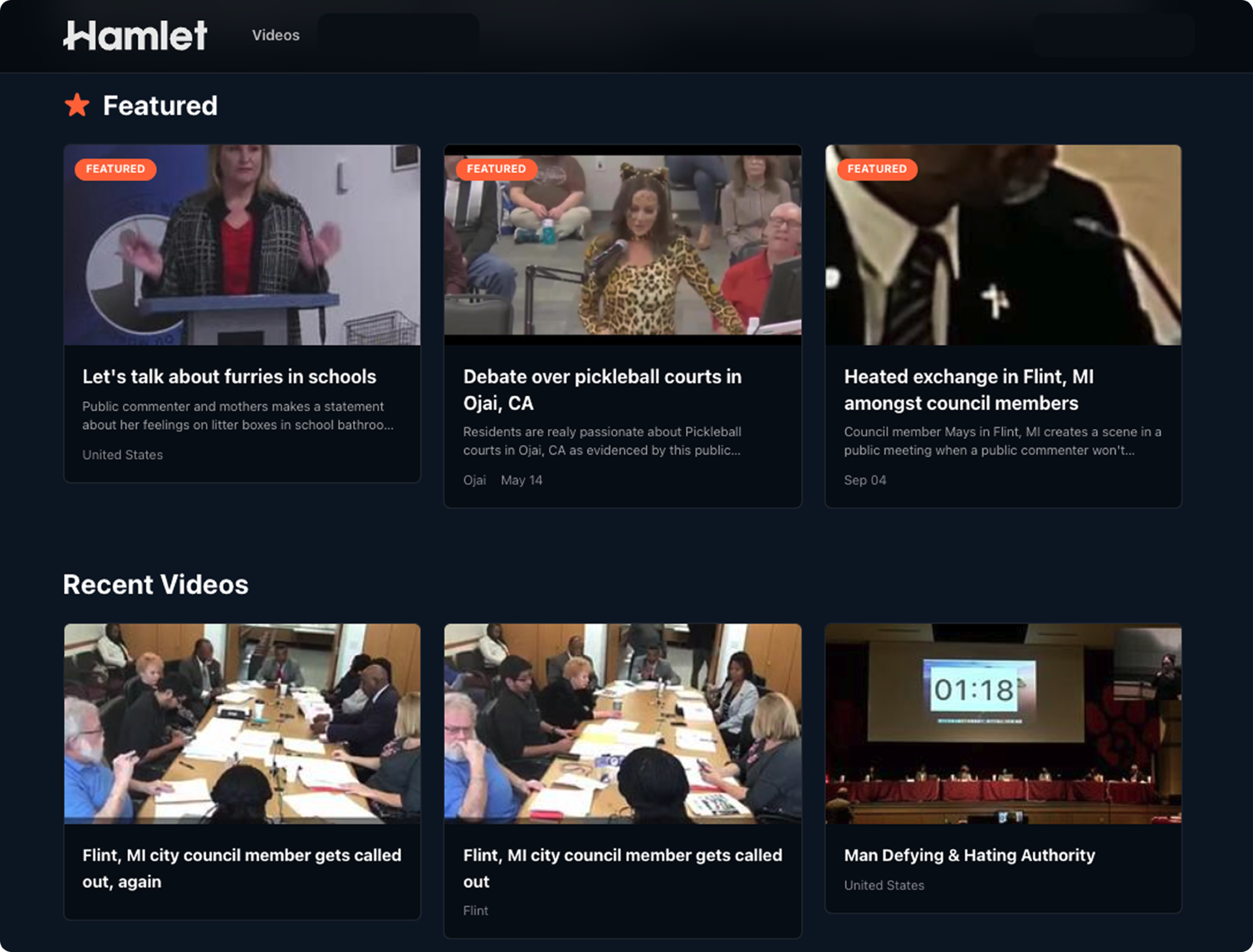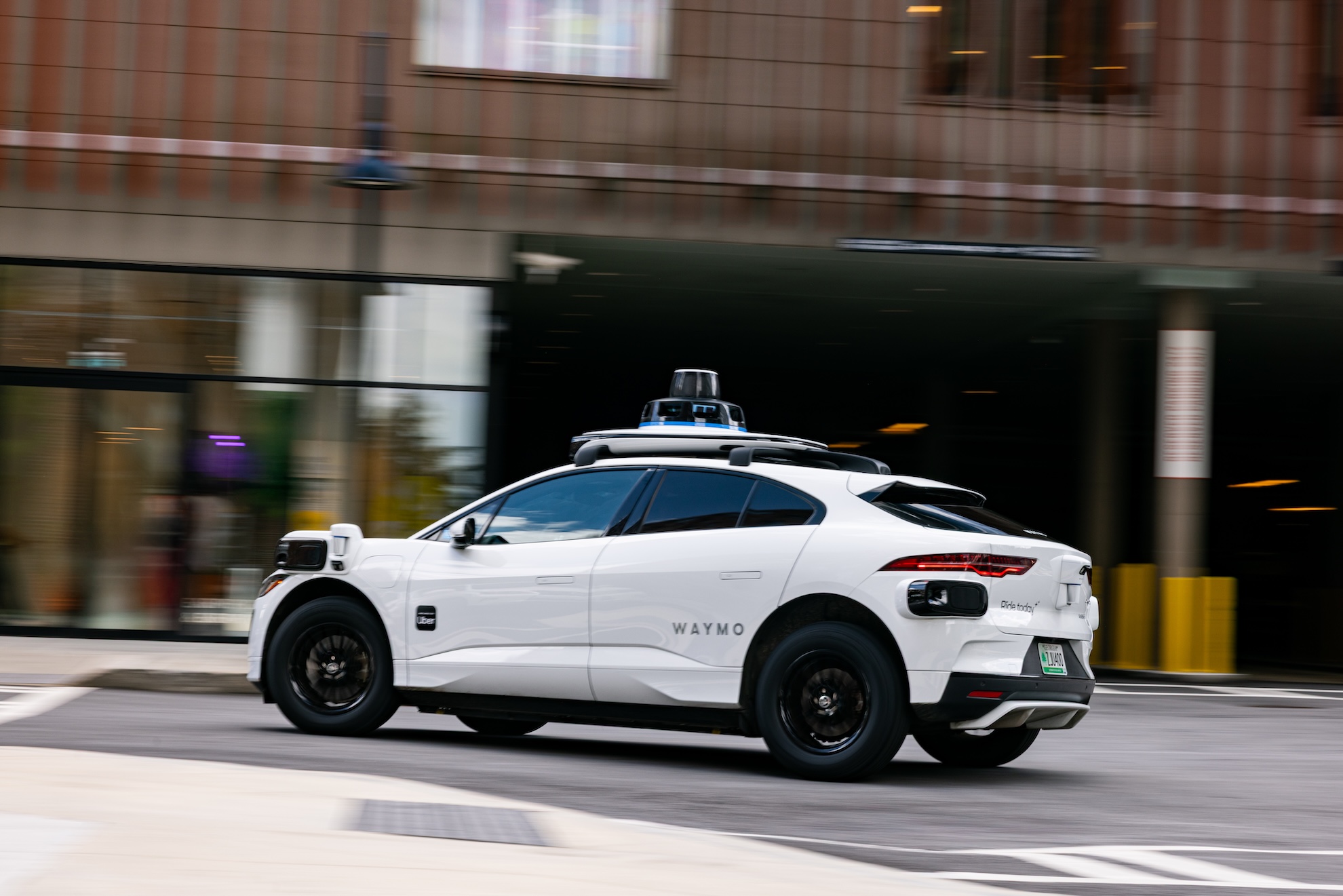
The Motion Picture Association (MPA), the venerable organization behind the widely recognized film rating system, has issued a cease-and-desist letter to Meta, the parent company of Instagram, demanding an immediate halt to its use of the "PG-13" designation for content restrictions on teen accounts. This legal challenge, first reported in early November 2025, spotlights a significant clash between established media classification standards and the evolving, often contentious, landscape of digital content moderation. The MPA asserts that Meta’s appropriation of its registered trademark is not only misleading to the public but also threatens to undermine the integrity and decades-long trust associated with its carefully curated rating system.
Meta’s move to implement a "PG-13" default for Instagram users under 18, announced in October 2025, was presented as a proactive step to enhance safety and provide a more age-appropriate experience for its younger demographic. However, the MPA swiftly countered, arguing that Meta’s content filtering, which largely relies on artificial intelligence, bears no genuine resemblance to the rigorous, human-driven process that determines an official MPA rating. The dispute raises fundamental questions about intellectual property, consumer protection, and the efficacy of content governance in the digital age.
The Genesis of Film Ratings: A Historical Context
To fully grasp the MPA’s staunch defense of its "PG-13" label, it’s essential to understand the historical journey and cultural significance of the film rating system. Prior to the late 1960s, Hollywood operated under the Hays Code, a strict set of moral guidelines enforced by the Motion Picture Producers and Distributors of America (MPPDA), the MPA’s predecessor. This self-censorship mechanism dictated what could and could not be shown on screen, largely in response to public pressure and threats of government intervention. However, by the 1960s, societal norms were shifting, and filmmakers increasingly chafed under the code’s restrictions, leading to its eventual decline.
In 1968, under the leadership of Jack Valenti, the MPA introduced a voluntary film rating system, replacing the Hays Code with a more nuanced approach. This new system aimed to provide parents with advance information about a film’s content, allowing them to make informed viewing decisions for their children, rather than outright censoring artistic expression. The initial ratings were G (General Audiences), M (Mature Audiences, later changed to GP, then PG), R (Restricted, under 16 not admitted without adult), and X (No one under 16 admitted).
The "PG-13" rating itself was a later addition, introduced in 1984. Its creation was largely influenced by public outcry over the content in films like "Indiana Jones and the Temple of Doom" and "Gremlins," which, despite containing intense sequences and themes, were rated PG. Steven Spielberg, director of both films, reportedly urged the MPA to create an intermediate rating. PG-13 signified "Parents Strongly Cautioned – Some Material May Be Inappropriate for Pre-Teenagers." This rating quickly became a cornerstone of the system, allowing for a broader range of storytelling while still offering guidance for parents of adolescents. The MPA’s rating system, including "PG-13," has since become a globally recognized benchmark for media content classification, built on decades of public trust and consistent application by its Classification and Rating Administration (CARA) board. This board comprises a diverse group of parents who apply consistent standards to rate films, ensuring a human element of judgment and cultural sensitivity.
Meta’s Moderation Conundrum: The Digital Wild West
Meta, through its various platforms like Instagram, operates in a vastly different content environment. Social media platforms host billions of pieces of user-generated content daily, ranging from personal photos and videos to news, entertainment, and advertising. The sheer volume and velocity of this content make comprehensive human moderation an impossibility. Consequently, tech giants like Meta rely heavily on sophisticated artificial intelligence (AI) systems, machine learning algorithms, and keyword filters to identify, flag, and remove content that violates their community guidelines.
This reliance on AI, while necessary for scale, is inherently imperfect. AI systems can struggle with context, nuance, satire, and cultural specificities, often leading to erroneous classifications – either over-moderating innocuous content or missing genuinely harmful material. Meta, along with other major social media companies, has faced relentless criticism and scrutiny over its content moderation practices, particularly concerning the safety and well-being of young users. Lawmakers, parental advocacy groups, and mental health experts have repeatedly raised concerns about the exposure of teens to inappropriate content, cyberbullying, body image issues, and harmful trends on platforms like Instagram.
It is against this backdrop of intense pressure and calls for greater accountability that Meta announced its initiative to default teen accounts to a "PG-13" content standard. The company’s apparent intention was to leverage a widely understood cultural reference point, signaling to parents and policymakers that it was taking concrete steps to create a safer online environment for minors. The choice of "PG-13" was likely an attempt to offer a familiar, reassuring benchmark in a digital space often perceived as unregulated and chaotic.
The Heart of the Dispute: Trust, Trademarks, and Technology
The MPA’s cease-and-desist letter directly challenges Meta’s interpretation and application of the "PG-13" label. The core of the MPA’s argument rests on two main pillars: trademark infringement and the erosion of public trust. "PG-13" is a registered trademark of the MPA, signifying a specific, human-evaluated standard for cinematic content. The MPA contends that Meta’s use of this term creates a false equivalency, implying that content on Instagram for teens has undergone a similar vetting process, which it emphatically has not.
"The MPA has worked for decades to earn the public’s trust in its rating system," the letter reportedly stated. "Any dissatisfaction with Meta’s automated classification will inevitably cause the public to question the integrity of the MPA’s rating system." This statement encapsulates the MPA’s deep concern: if Meta’s AI-driven "PG-13" system fails to adequately protect teens, or if it inconsistently applies the standard, the public’s negative perception could inadvertently transfer to the legitimate MPA film rating, devaluing its credibility and effectiveness. The MPA’s system relies on human raters who view entire films and consider multiple factors – themes, language, nudity, violence, drug use – within the narrative context. Meta’s system, in contrast, largely filters based on algorithmic detection of specific keywords, images, or behaviors, often in isolation and without the benefit of full narrative context.
Meta, in its initial response, has stated that it has not claimed its teen accounts were certified by the MPA or officially "PG-13" rated. Instead, the company maintains that its content restrictions are merely "guided" by the principles of the PG-13 rating, rather than being a direct, officially sanctioned link to the MPA. Furthermore, Meta has indicated it believes its use of the term qualifies as "fair use." Fair use is a legal doctrine that permits limited use of copyrighted material without acquiring permission from the rights holders. However, fair use typically applies to commentary, criticism, news reporting, teaching, scholarship, or research. Whether using a trademark for a content classification system on a commercial platform, even with a stated intent to inform, constitutes fair use remains a complex legal question, especially when there’s potential for consumer confusion or dilution of the original mark.
Market, Social, and Cultural Implications
This high-profile dispute carries significant implications across various sectors. For parents, the confusion is palpable. The "PG-13" label has long been a clear signal, a trusted shorthand for guiding family entertainment choices. If that shorthand becomes ambiguous or is applied inconsistently across different media, its utility diminishes. Parents attempting to navigate the complexities of online content for their children might find themselves with less reliable tools, potentially leading to increased anxiety and a demand for clearer, standardized digital content ratings.
For the entertainment industry, the case underscores the unique challenges of protecting intellectual property in the digital age. If a powerful tech company can freely appropriate established industry standards for its own purposes, it could set a precedent that undermines the value of other trademarks, certifications, and classification systems developed through significant investment and effort.
Culturally, the conflict highlights the ongoing tension between traditional, highly regulated media industries and the fast-paced, often self-regulated world of social media. It brings to the forefront the broader societal debate about who should set standards for online content, how those standards should be enforced, and whether existing frameworks are adequate for the unique characteristics of user-generated content. It also reignites discussions about the role of AI in content moderation – its capabilities, its limitations, and the ethical considerations surrounding its deployment, particularly when dealing with vulnerable populations like minors.
Analytical Commentary: A Broader Regulatory Push
This confrontation can be viewed as a symptom of a larger trend: the increasing pressure on tech companies to become more responsible stewards of their platforms, particularly concerning children and adolescents. Governments worldwide are exploring or implementing legislation aimed at regulating social media, from age verification requirements to mandatory content filters and increased transparency in moderation practices. The MPA’s action against Meta, while rooted in trademark law, also serves as a potent public statement about the need for integrity and clarity in how content is classified and presented to young audiences.
It also highlights a fundamental disconnect: the MPA’s system is designed for produced, finished media with a clear chain of authorship and intent. Social media, conversely, is a dynamic, live, and often uncurated stream of user-generated content. Applying a static, human-curated rating to such a fluid environment is inherently problematic, regardless of the terminology used. Meta’s challenge is to find a way to communicate its content standards to parents in an understandable way without infringing on existing, trusted intellectual property.
The "fair use" defense, while legally plausible in certain contexts, may face an uphill battle given the potential for consumer confusion and the commercial nature of Meta’s platform. The argument that Meta is simply "guided" by PG-13 principles might not sufficiently differentiate its system in the eyes of the law or the public, especially if the term "PG-13" is used prominently as a descriptor for the content restrictions.
The Road Ahead: Potential Outcomes
The outcome of this cease-and-desist could range from a quiet resolution where Meta agrees to alter its terminology, to a protracted legal battle that could set significant precedents. Meta might opt to develop its own unique, branded content rating system for teens, or it might seek to negotiate a licensing agreement with the MPA, though the latter seems less likely given the fundamental differences in their respective classification methodologies.
Ultimately, this dispute transcends a simple trademark disagreement. It’s a microcosm of the larger struggle to establish effective, transparent, and trusted systems for navigating the vast and often challenging landscape of digital content, especially as it impacts the youngest users. The resolution of this case will likely influence how other digital platforms approach content classification and could accelerate the broader conversation around standardized online safety measures. As the digital sphere continues to expand and intertwine with daily life, the demand for clear, reliable guidance for parents and guardians will only intensify, making the integrity of any content classification system paramount.





